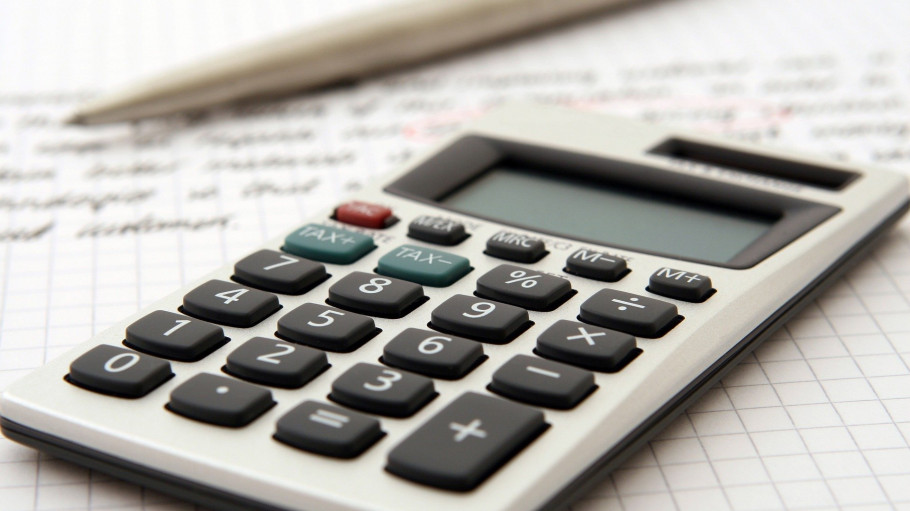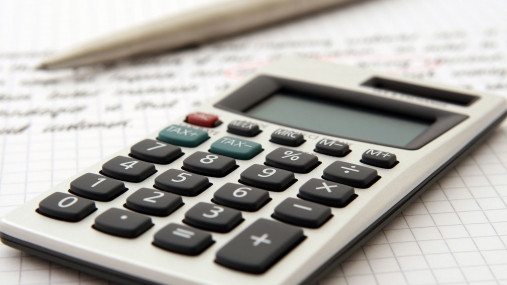
Publications » Brochures, booklets or fact-sheets » Revision of the Environmental and Energy Aid Guidelines (EEAG)
Revision of the Environmental and Energy Aid Guidelines (EEAG)
Downloads and links
Recent updates

The steel industry has had a longstanding presence in Europe and remains an important employer of skilled labour. Furthermore, the industry also supports significant activity and jobs in a range of other industries throughout the EU, as a result of the large amount of money spent on the materials and services used in the steel production process. Crucially, steel makes a powerful contribution to the continent’s standard of living, by forming a key input in the work of other industrial sectors. In turn, many of these customer industries produce items essential for the functioning of the wider EU economy.
In 2017, the European steel industry made a €25 billion direct contribution to the standard ‘gross value added’ measure of EU-wide production (hereafter referred to as GVA). However, the industry’s total GVA impact that year, when supply chain and staff spending impacts are also included, was much higher, at €148 billion. This overall contribution exceeded the total GVA produced in the region of Berlin in 2017.

Download this publication or visit associated links
Brussels, 27 November 2024 – The European steel industry is at a critical juncture, facing irreversible decline unless the EU and Member States take immediate action to secure its future and green transition. Despite repeated warnings from the sector, the EU leadership and governments have yet to implement decisive measures to preserve manufacturing and allow green investments across Europe. Recent massive production cuts and closure announcements by European steelmakers show that time has run out. A robust European Steel Action Plan under an EU Clean Industrial Deal cannot wait or manufacturing value chains across Europe will simply vanish, warns the European Steel Association.
Brussels, 12 November 2024 - Ahead of Commissioner-Designate Séjourné’s hearing in the European Parliament, European steel social partners, supported by cross-party MEPs, jointly call for an EU Steel Action Plan to restore steel’s competitiveness, and save its green transition as well as steelworkers’ jobs across Europe.
Brussels, 29 October 2024 – The European steel market faces an increasingly challenging outlook, driven by a combination of low steel demand, a downturn in steel-using sectors, and persistently high import shares. These factors, combined with a weak overall economic forecast, rising geopolitical tensions, and higher energy costs for the EU compared to other major economic regions, are further deepening the downward trend observed in recent quarters. According to EUROFER’s latest Economic and Steel Market Outlook, apparent steel consumption will not recover in 2024 as previously projected (+1.4%) but is instead expected to experience another recession (-1.8%), although milder than in 2023 (-6%). Similarly, the outlook for steel-using sectors’ output has worsened for 2024 (-2.7%, down from -1.6%). Recovery projections for 2025 are also more modest for both apparent consumption (+3.8%) and steel-using sectors’ output (+1.6%). Steel imports share rose to 28% in the second quarter of 2024.